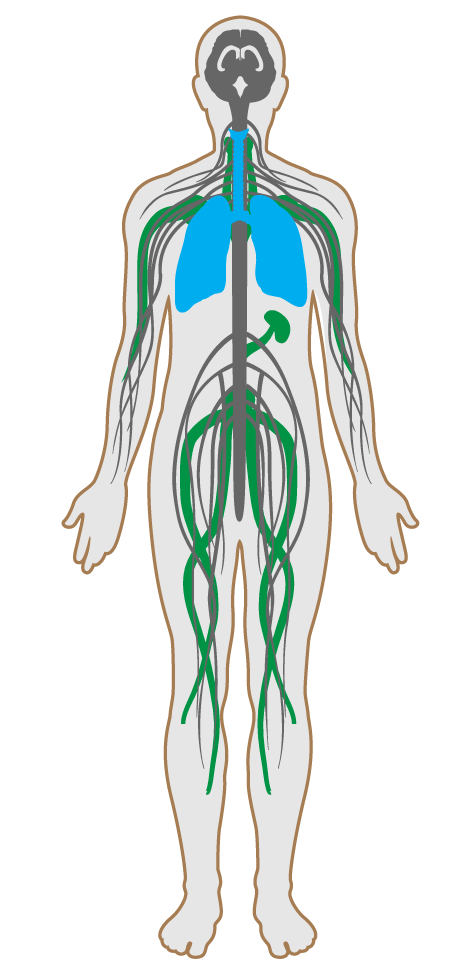Thermal comfort
Features/Comfort/Feature 76
- 72 Accessible design
- 73 Ergonomics: visual and physical
- 74 Exterior noise intrusion
- 75 Internally generated noise
- 76 Thermal comfort
- 77 Olfactory comfort
- 78 Reverberation time
- 79 Sound masking
- 80 Sound reducing surfaces
- 81 Sound barriers
- 82 Individual thermal control
- 83 Radiant thermal comfort
- P4 Impact reducing flooring
Thermal comfort
Intent:
To promote occupant productivity and ensure a sufficient level of thermal comfort.
BACKGROUND
Thermal comfort in the body is provided through homeothermy, the balancing of heat gains and losses to maintain the body’s core temperature within its narrow range, 36-38 °C [97-100 °F], and regulated by the hypothalamus. Thermal comfort can affect mood, performance and productivity. However, temperature preferences are highly personal and differ from one individual to another. Balancing the energy requirements of large buildings with the varied occupant preferences can thus be challenging.

